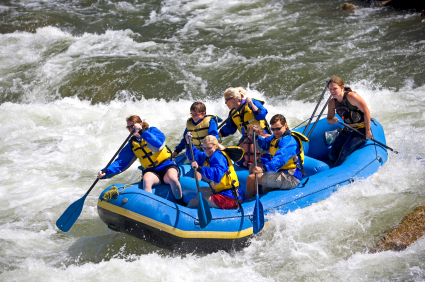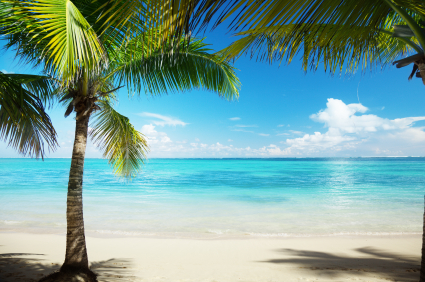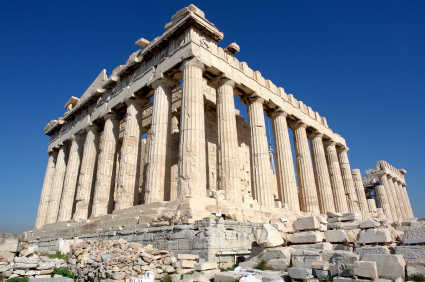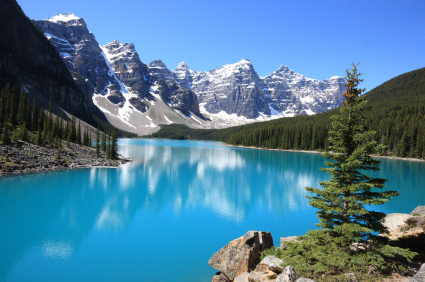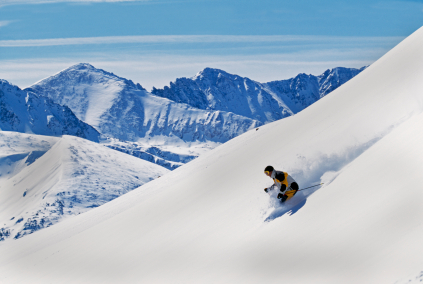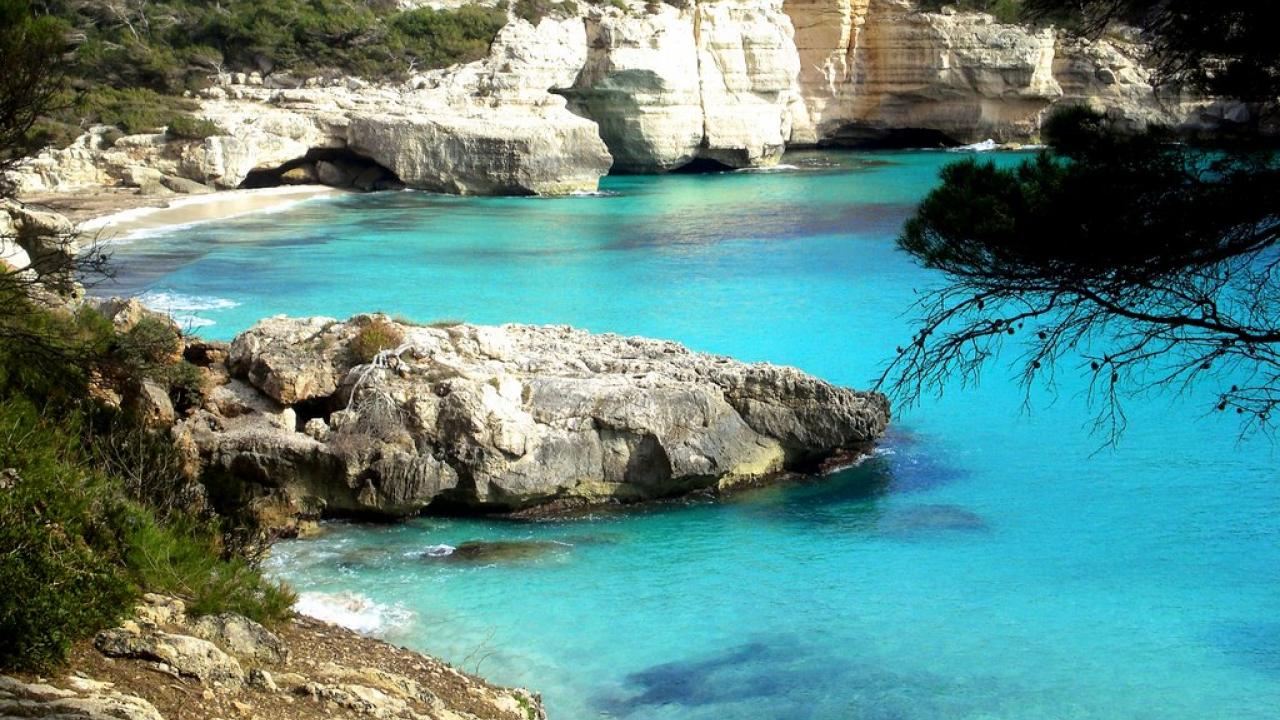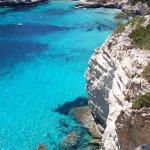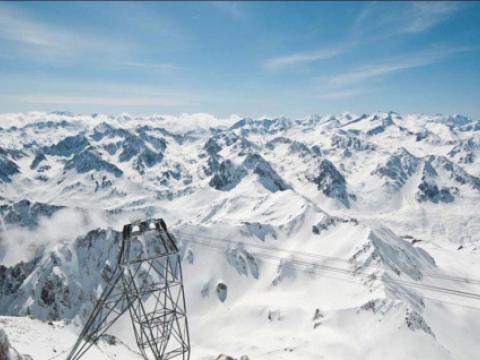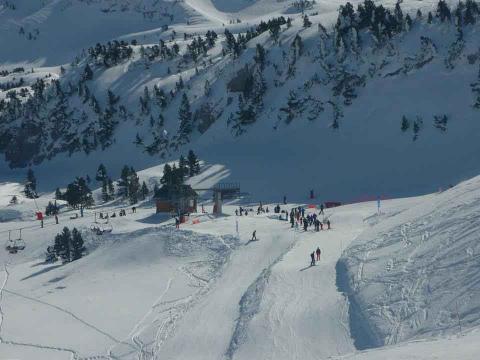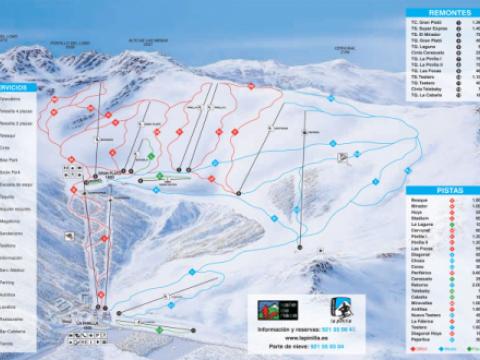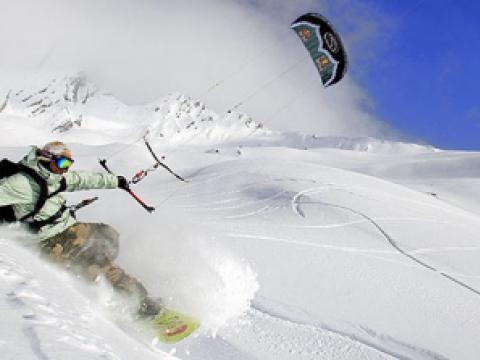Location
Cala Mitjana is one of the most beautiful beaches in Menorca and in our opinion rivals with Cala Macarella&Macarelleta for the beast beach of Menorca title. A tall limestone wall rises from the sea on the left side of the beach creating a beautiful scenery that is best at sunset when the stone is coloured orange. The water is crystal clear as is typical to the Menorcan beaches.
Cala Mitjana is not as popular as Cala Macarella&Macarelleta so it is easier to find your own spot, whether it is on the beach or on the limestone rock.
This beach is especially great for thrill seekers as the limestone rock creates a great jumping platform for diving into the deep turquoise sea.
The access to the spot is easy as there is a parking lot rather close to the beach. However it is not open until very late and the gate from ME22 road will be closed in the evening. If the gate is closed you can leave your car Placa na Gran at walk about 20min from there.
The beach is free.

